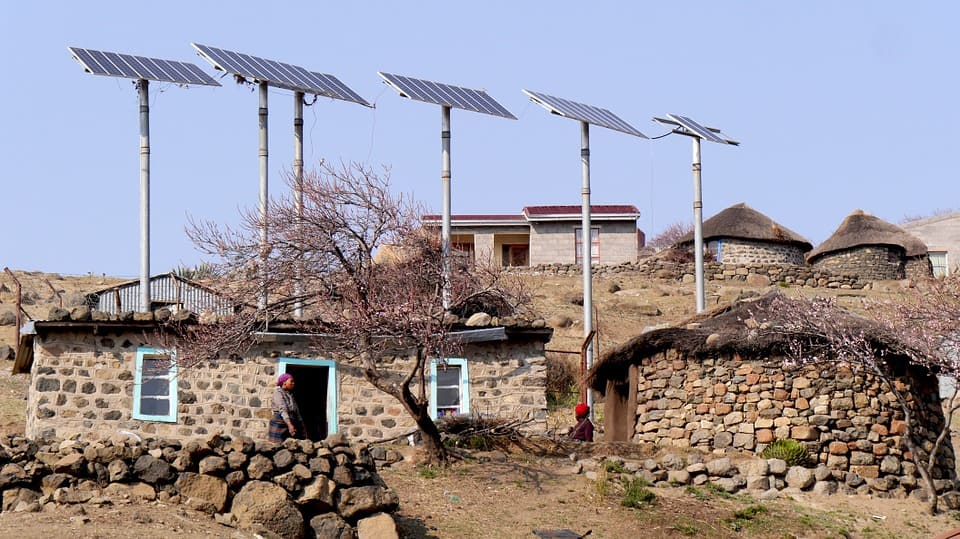zwnews.com Business Reporter- Lovemore Lubinda
The government of Zimbabwe, civic based organisations, development partners and private companies have promised to bring renewable energy to the whole country in the next 10 years.
Making their pledge in Harare yesterday, the players vowed that they will be committed to remove the current obstacles that have hampered the uptake of Distributed Renewable Energy (DRE).
“Zimbabwe‘s call to action is a result of a 12 months campaign, consisting of meetings and workshops designed to raise awareness and provide practical support to stakeholders seeking to take action in support of DRE,” says Chiedza Mazaiwana, Campaign manager for Power For All, a global campaign to promote DRE from basic solar lights to large mini-grids- as the fastest, most cost effective and sustainable way to achieve universal energy access.
“The pledges follows the a twelve months national call to action by organisations such as Power for All, the Renewable Energy Association of Zimbabwe , the United Nations Development Programme (UNDP) Unicef, Ruzivo Trust, who have been agitating for uptake of DRE to bring electricity to the majority of rural folk.”
Zimbabwe has a national electrification rate of 40 percent. While electrification has reached 80 percent in urban areas, rural electrification lags behind at around 21 percent according to the Renewable Energy Policy of 2017; the country is dependent on coal, oil, hydro electrical power and biomass to meet its energy needs. Its aging electricity grid infrastructure, which has suffered from years of under investment, is currently dependent on power imported from South Africa.
Despite efforts being made to expand the grid’s generation capacity, population growth and energy demand are growing fast and the grid is failing to keep pace.
According to government sources, 873 kilowatt (kW) is being generated by micro-grids nationwide. Practical Action has developed 13 mini-grids, reaching 200 000 customers as well as Zimbabwe’s first solar mini-grid, a 99 kw which will reach 10 000 people by 2018. SNV, Hivos, Oxfam and environmental NGO ZERO have notable energy access programme
Zimbabwe has abundance of renewable energy resources, especially for solar and hydroelectric energy.
Distributed renewable energy-including solar, wind, hydro and biogas, and ranging from basic solar lights costing as little as $8 to large grid-compatible mini-grids capable of generating AC power has the potential.
An official in the Ministry of Energy and Power development, Douglas Mangwende, says the Renewable Energy Policy of Zimbabwe which is currently being developed, will establish a regulatory framework for the promotion of renewable energy and investment shows the government commitment to the uptake of DRE.
“There is also the Zimbabwe’s SE4ALL Action Agenda that includes a commitment from government to double the use of renewable energy and to double the amount of energy saved by 2030.” said Mangwende.
Zimbabwe’s DRE market is currently plagued with major challenges among them; cheap imports, high tariffs on solar lights and home systems for importation of DRE equipment, lack of market data for companies, investors and policy makers to make informed decisions













